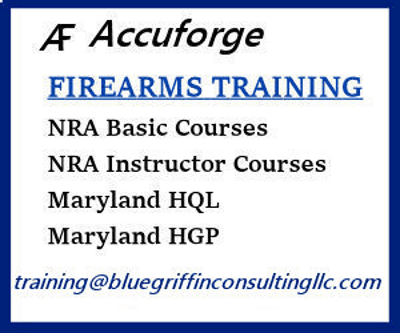DD214
Founder
I'm getting the itch for a new rifle, and the Springfield M1A is starting to visit me in my sleep. What is the general consensus on the quality/accuracy of these rifles, and what is the expected MD pricing on a standard model? I've fired M-14s in the Navy, and I'm assuming that the M1As are basically identical (minus the fun switch)? The other rifle that I am considering is a tricked out Remington 700 SPS in .308.

 )
) You don't have to spend 2 grand plus. There are pleny of lightly used and not abused guns out there with GI parts in the $1400 or less range.
You don't have to spend 2 grand plus. There are pleny of lightly used and not abused guns out there with GI parts in the $1400 or less range. 